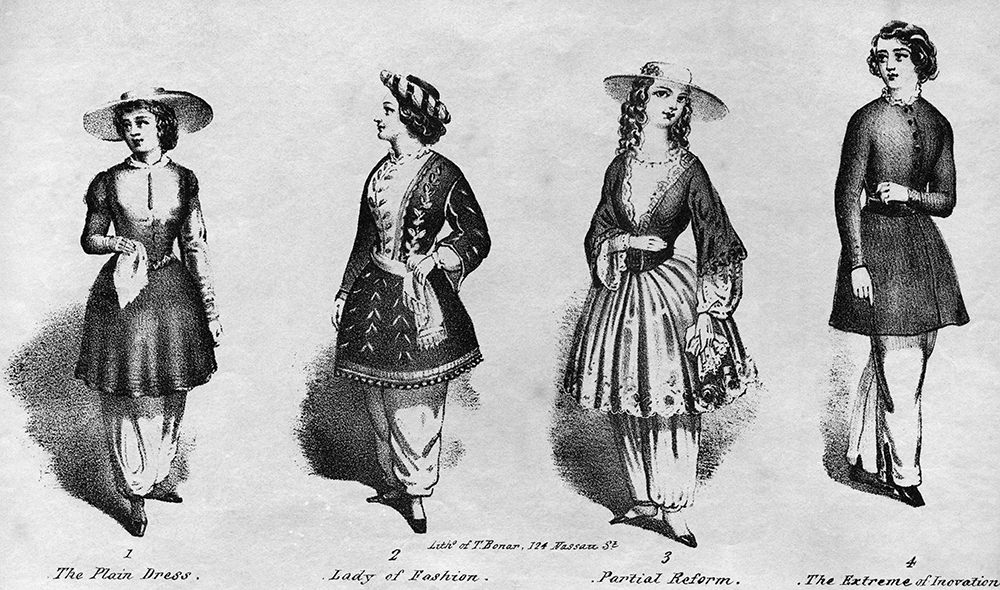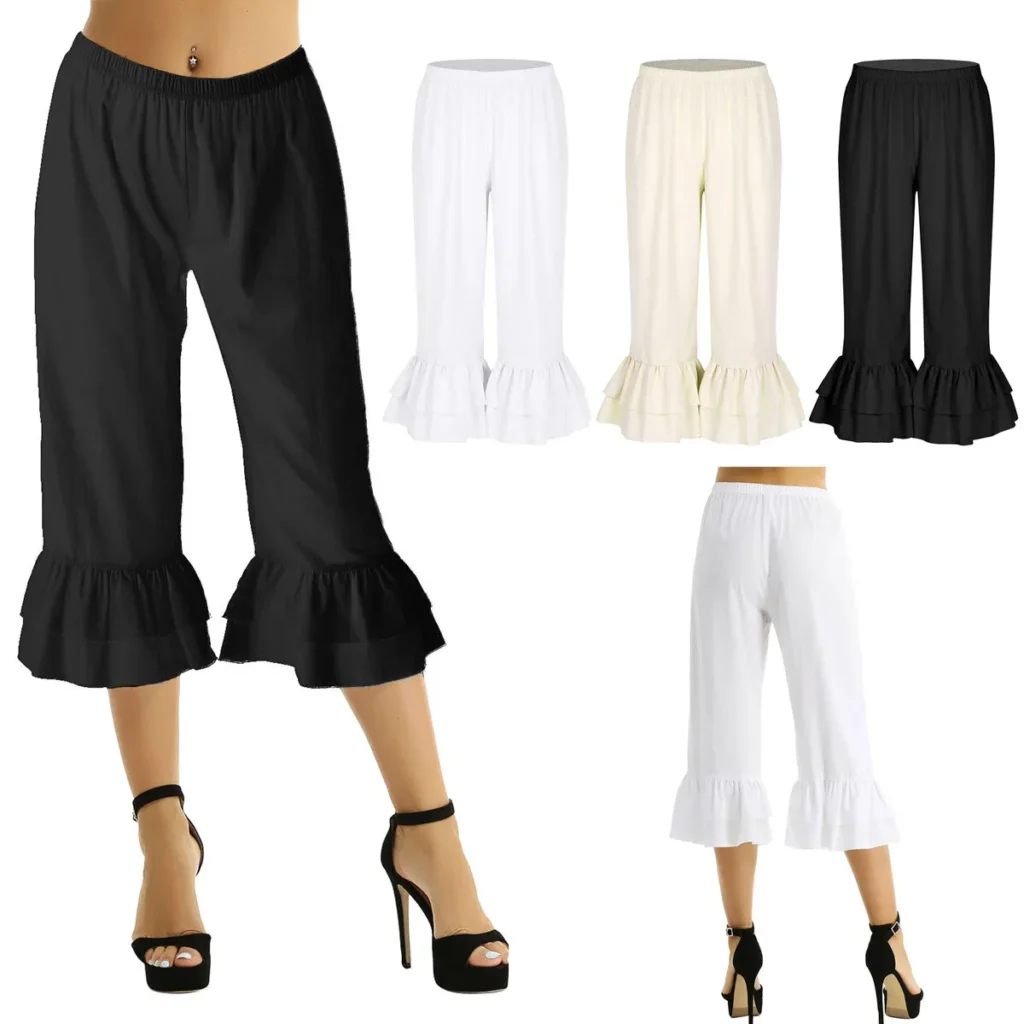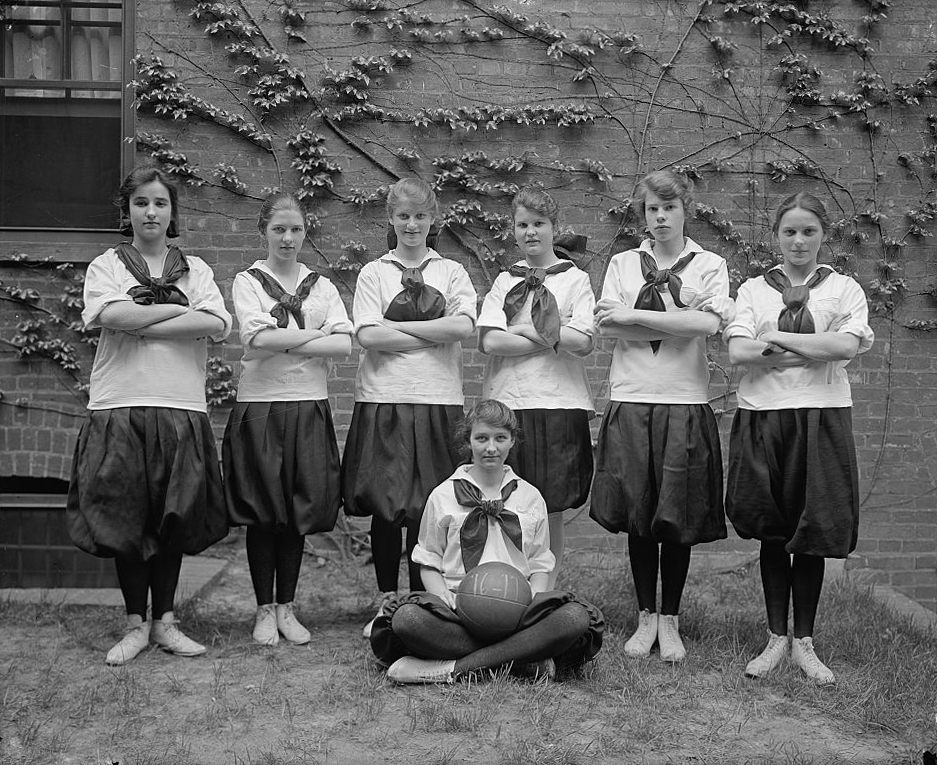Bloomers, a revolutionary garment in the history of fashion, have a fascinating evolution that transcends mere attire. Originating in the 19th century, bloomers were first introduced by Amelia Bloomer, an advocate for women’s rights and dress reform. Initially designed as a form of comfortable and practical clothing for women, bloomers have since undergone significant transformations, becoming emblematic of both fashion trends and societal shifts.
Historical Significance
The Amelia Bloomer Era
Amelia Bloomer, a prominent figure in the early women’s rights movement, introduced bloomers in the mid-1800s. These garments consisted of loose-fitting trousers worn under a knee-length skirt, offering women greater mobility and comfort compared to the restrictive fashions of the time. Bloomers symbolized the defiance of traditional gender norms and sparked discussions about women’s rights and autonomy.
Bloomers in the Suffrage Movement
During the suffrage movement of the late 19th and early 20th centuries, bloomers became a symbol of women’s liberation and equality. Suffragists, such as Elizabeth Cady Stanton and Susan B. Anthony, embraced bloomers as part of their advocacy for women’s rights, challenging societal expectations and advocating for women’s suffrage.

Evolution of Design
From Practicality to Fashion Statement
Over time, their design evolved to reflect changing fashion trends and societal attitudes. What began as a practical garment for women engaged in physical activities such as cycling and sports gradually transformed into a fashion statement embraced by designers and consumers alike. Modern bloomers come in various styles, fabrics, and lengths, catering to diverse preferences and fashion sensibilities.
Contemporary Interpretations
In contemporary fashion, bloomers continue to make appearances on runways and in everyday attire. Designers often incorporate elements of traditional bloomers into their collections, reimagining the garment for the modern wearer. From casual loungewear to elegant evening wear, they offer versatility and style, appealing to a wide range of audiences.

Cultural Impact
Bloomers in Popular Culture
They have left an indelible mark on popular culture, appearing in literature, film, and art as symbols of freedom and empowerment. Iconic characters, such as Jo March from Louisa May Alcott’s “Little Women,” have been depicted wearing bloomers, reinforcing their association with strong, independent women.
Symbol of Empowerment
Beyond their sartorial significance, they serve as a symbol of empowerment and self-expression. By challenging traditional notions of femininity and embracing comfort and functionality, bloomers embody the spirit of resilience and defiance against societal constraints.
Impact of bloomers on women’s fashion
The impact of bloomers on women’s fashion was significant, challenging traditional norms and advocating for practicality and comfort. Introduced by Amelia Jenks Bloomer in the early 1850s, the Bloomer costume, consisting of a short jacket, a knee-length skirt, and loose trousers gathered at the ankles, provided women with more comfort and freedom to engage in various activities.
This attire symbolized a shift in women’s fashion, allowing for greater mobility and challenging societal expectations. Despite facing controversy and ridicule, they represented a form of expression and resistance against traditional gender roles. While the majority of women did not fully embrace this style due to societal pressures, it left a lasting impact on fashion trends, influencing future styles like Turkish-style pantaloons, divided skirts, and knickerbockers worn during the cycling craze of the 1890s.
In essence, they played a crucial role in shaping women’s fashion history by reflecting changing social dynamics and aspirations during the 19th century. Although short-lived in popularity among the general public, bloomers paved the way for more practical and liberating clothing choices for women in the years to come.
For more information on clothing culture, read: Clothing Culture and Communication
Conclusion
In conclusion, the evolution of bloomers mirrors the changing landscape of fashion, feminism, and societal norms. From their origins as a practical garment to their status as a symbol of empowerment, they have transcended their humble beginnings to become enduring icons of freedom and self-expression. As we continue to embrace diversity and inclusivity in fashion, bloomers remain a timeless reminder of the power of individuality and authenticity.
Frequently Asked Questions
Can men wear bloomers?
While historically, they were designed and worn primarily by women, there is no inherent restriction preventing men from wearing them. In contemporary fashion, gender-neutral and inclusive styles have become increasingly common, and some designers offer bloomers designed to be worn by individuals of any gender.
Are bloomers still worn today?
Yes, they continue to be worn today, albeit in various forms and interpretations. While they may not be as prevalent as they were during their peak popularity in the 19th and early 20th centuries, they are still embraced by individuals who appreciate their comfort, versatility, and historical significance. They can be found in both mainstream fashion and niche communities focused on vintage or alternative styles.
What materials are bloomers typically made from?
They can be made from a wide range of materials, depending on the desired style and functionality. Traditional they were often crafted from lightweight fabrics, such as cotton or linen, to ensure comfort and breathability. However, modern bloomers may be made from a variety of materials, including synthetics like polyester or blends that offer stretch and durability.
How do bloomers differ from other types of trousers or shorts?
They are distinguished by their loose and billowy silhouette, which typically features a gathered waistband and ample room around the hips and thighs. Unlike traditional trousers or shorts, which may be tailored for a more fitted look, bloomers prioritize comfort and ease of movement. Additionally, they often incorporate elements such as ruffles or decorative trim, adding to their distinctive aesthetic.


1 Comment
Thanks for sharing. I read many of your blog posts, cool, your blog is very good.